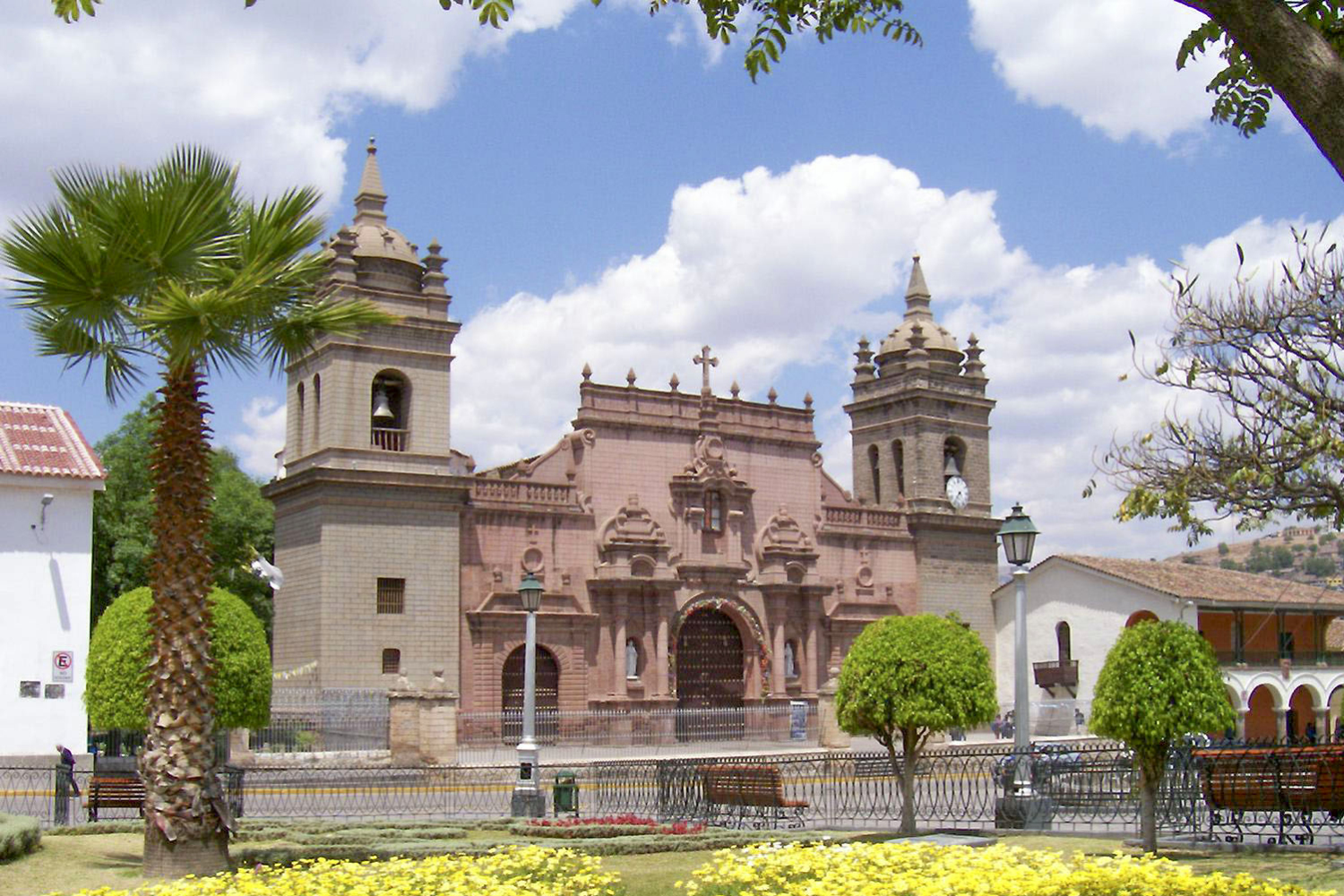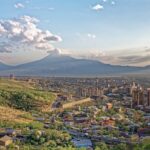Quick Bits:
Ayacucho is a city of spirit and survival. Nestled in the Peruvian Andes, it blends history, resilience, and artistry. The city reflects a deep Quechua heritage and colonial character, forged through centuries of triumph and hardship. Known as the “City of Churches,” it holds more than its sacred walls. Ayacucho tells stories through stone, dance, and ritual. It is where time moves slowly yet memory runs deep.
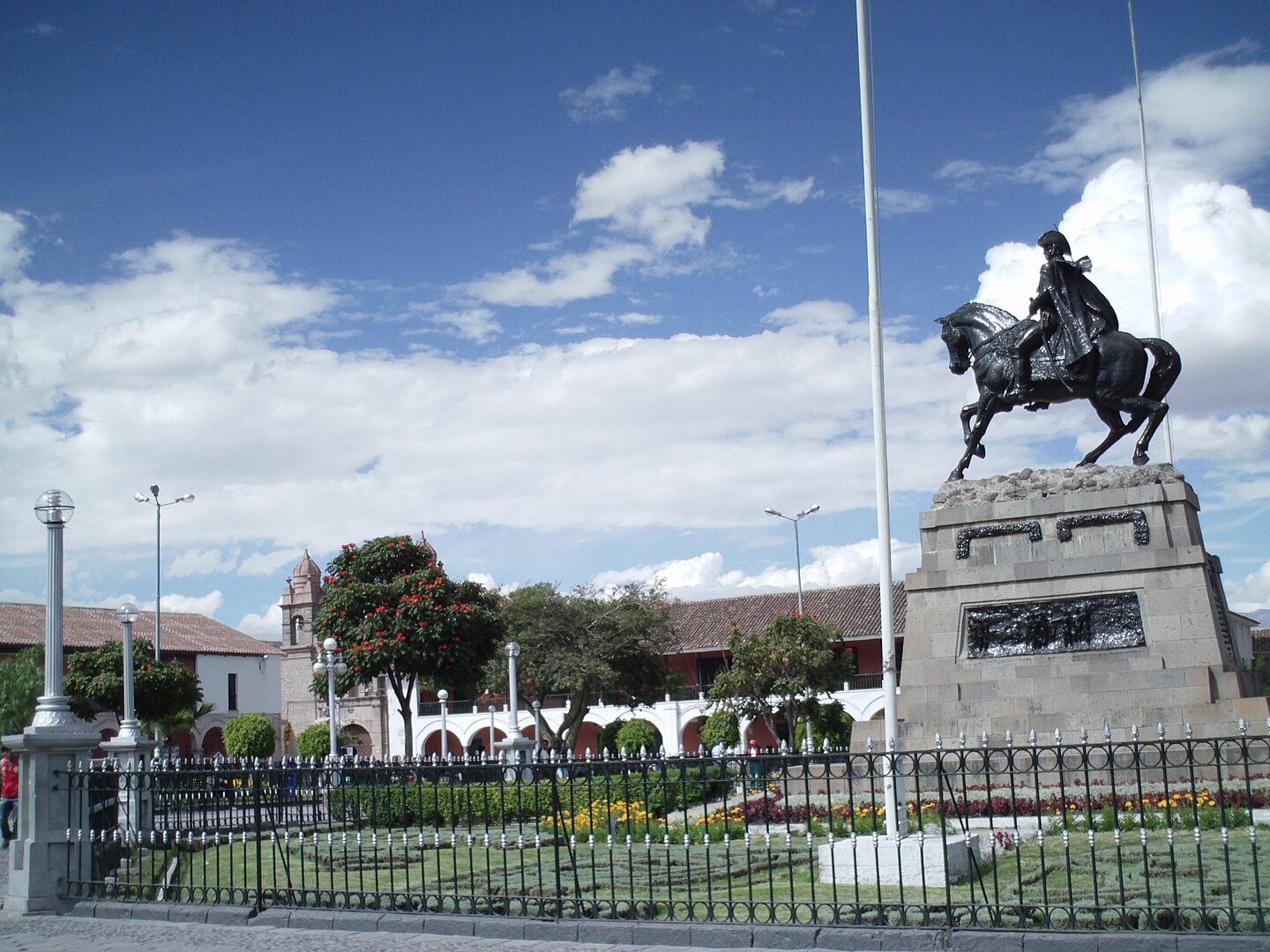
Image by: Fer121 – Via Wikipedia
Key Highlights
- Rich colonial architecture and 33 churches
-
Deep-rooted Andean and Quechua culture
-
Birthplace of Peru’s independence battle victory
-
Artisanal hub for retablos and handwoven textiles
-
Stunning highland landscapes and archaeological wonders.
General Information
Ayacucho is the capital of the Huamanga Province and Ayacucho Region in Peru. With over 150,000 inhabitants, this high-altitude city sits around 2,761 meters above sea level. While it may not appear in every tourist brochure, those who arrive find a blend of charm, tradition, and natural beauty.
Its people speak Spanish and Quechua. Markets hum with voices trading stories and textiles. The air, crisp and thin, carries the scent of eucalyptus and history. Despite past conflicts, Ayacucho today thrives as a center of culture, education, and tourism.
Major industries include agriculture, textiles, pottery, and religious crafts. The city is also a center of festivals, religious celebrations, and traditional Andean cuisine.
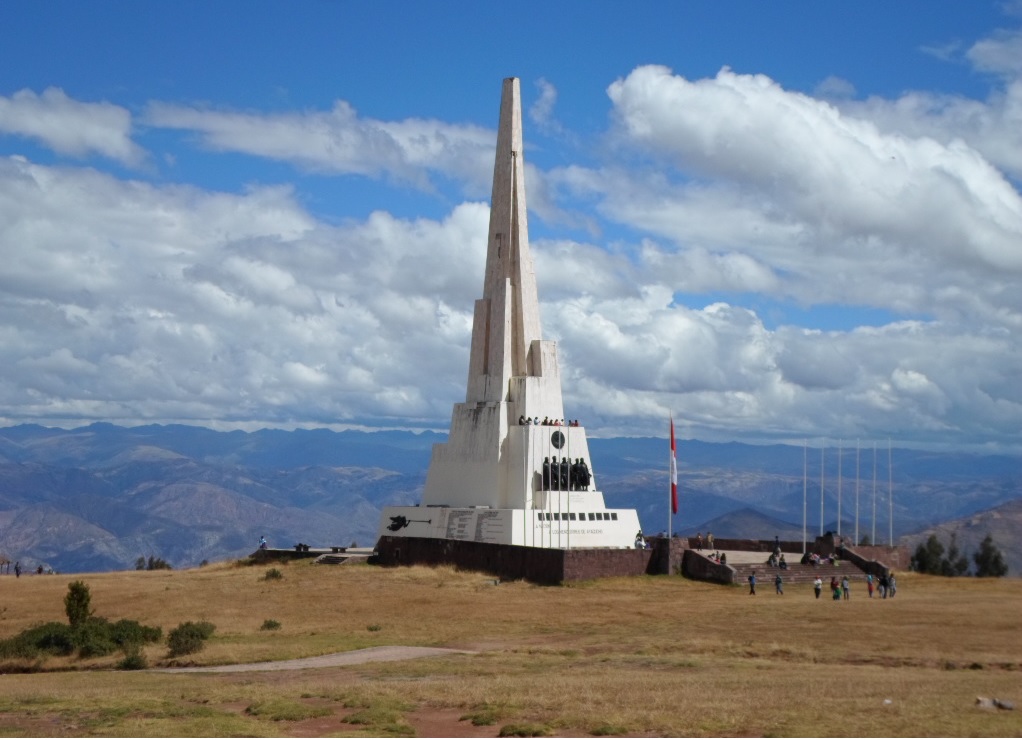
Image by: Whidalgo23 – Via Wikipedia
Geography Information
Ayacucho lies in south-central Peru, surrounded by mountains and valleys. The Andes cradle the city, and the Mantaro River basin nourishes its fields. Rugged hills stretch beyond the skyline. Paths carved by time and trade wind across its ridges.
Its elevation gives it a mix of cool and temperate conditions year-round. Beyond the city limits lie stretches of puna grasslands, deep canyons, and archaeological sites. Despite its mountainous terrain, Ayacucho connects to Lima by road and air.
This geography shapes its character. Isolation preserved ancient customs while elevation grants breathtaking views. Even the city’s layout echoes Spanish colonial design, centered around Plaza Mayor, with churches and homes built in harmony with the land.
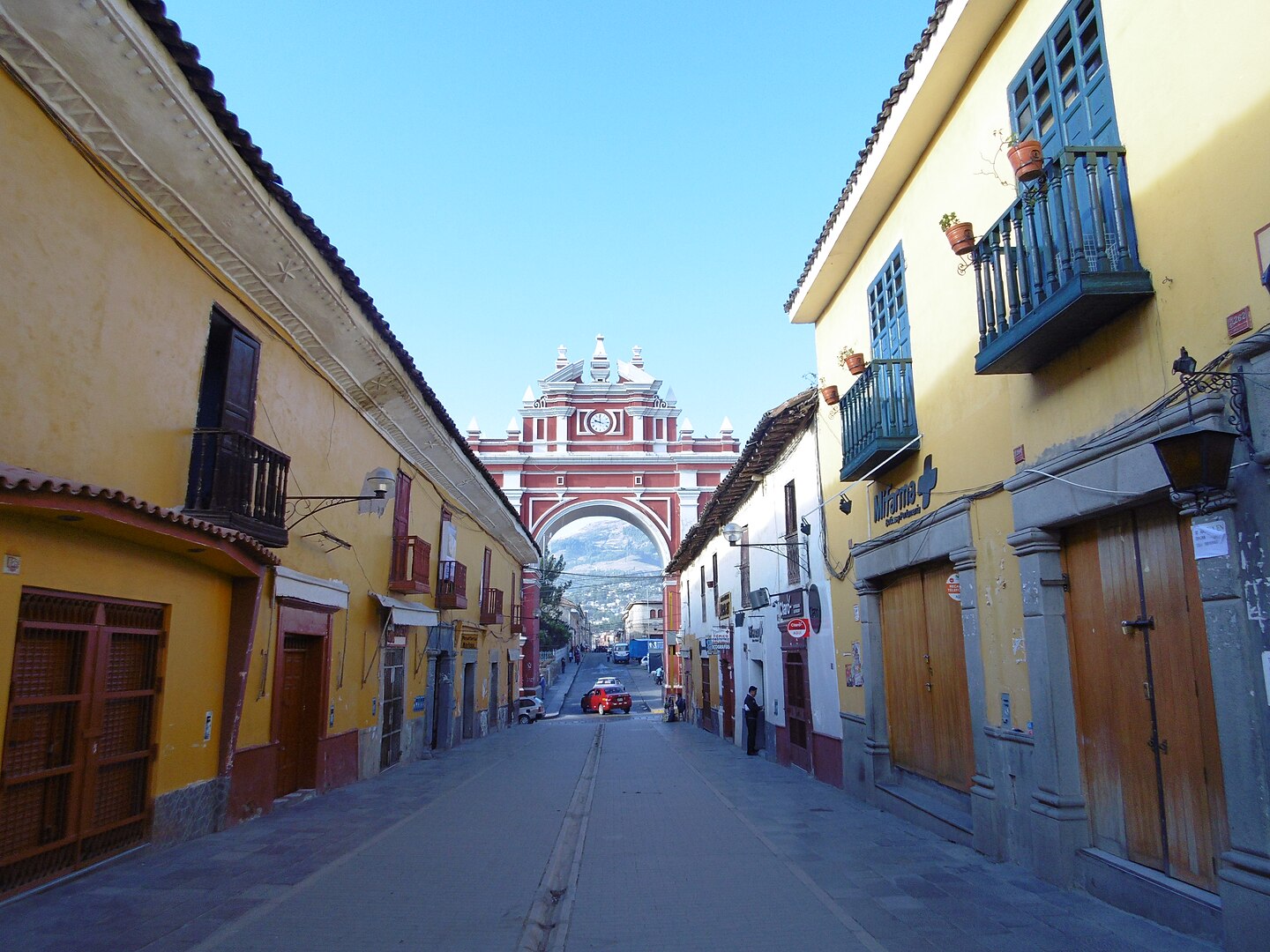
Image by: Ricardo Elías from Lima – Via Wikipedia
Places to Visit
Ayacucho holds many treasures. These are the places that shape its soul:
Plaza Mayor de Ayacucho
The heart of the city. Surrounded by colonial balconies and vibrant cafés. Locals gather here to share food, music, and stories.
Cathedral of Huamanga
This 17th-century cathedral is a masterpiece of carved stone. Inside, find golden altars, ornate woodwork, and a sense of peace.
Wari Archaeological Complex
About 22 kilometers from the city lies the remnants of the Wari Empire. Before the Inca, the Wari built roads, cities, and temples. Their legacy lies scattered among stones and silence.
Quinua
A small village where Peru’s fight for independence ended in victory in 1824. The battlefield nearby hosts a towering obelisk. Quinua is also famous for clay crafts. Houses wear ceramic crowns, and kilns keep old traditions alive.
Pampa de Ayacucho Historical Sanctuary
This open landscape marks the site of the Battle of Ayacucho. It echoes with the footsteps of soldiers and the hope of liberation. A sacred place for Peruvians.
Artisan Markets
Retablos — colorful wooden altars — and handwoven tapestries are the city’s pride. These pieces hold myths, saints, and daily life in miniature theaters of color.
Bosque de Puyas de Raimondi
High in the Andes, this forest is home to the towering puyas, plants that bloom once a century. A spectacle of nature unlike any other.
Museo de la Memoria
A moving space that honors victims of Peru’s internal conflict. The exhibits tell stories of courage, loss, and resilience.
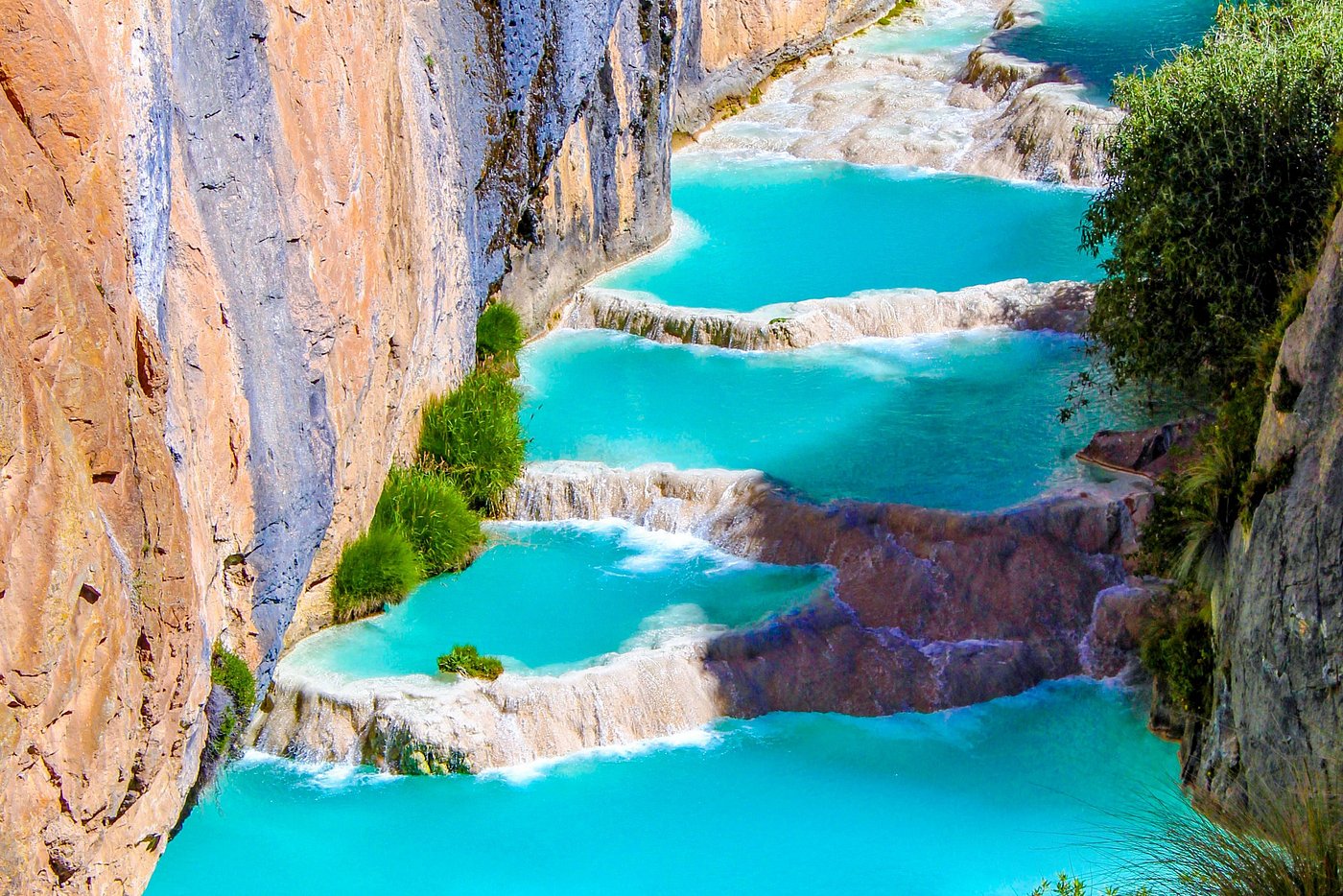
Image From Tripadvisor
Yearly Climate
Ayacucho enjoys a dry Andean climate. There are two clear seasons:
Dry Season (April to October)
-
Clear skies, warm days, chilly nights
-
Daytime temperatures: 18°C to 24°C
-
Best for hiking and festivals
-
Low rainfall
Rainy Season (November to March)
-
Frequent showers in afternoons and evenings
-
Lush landscapes and fewer tourists
-
Temperatures remain mild
-
Roads can become muddy or impassable
Despite the seasons, sunshine is frequent. The thin air means strong UV rays, so hats and sunscreen are essential.
Best Time of Year to Visit
The best months are between April and July. Skies are blue, and trails are dry. June brings Corpus Christi, where streets bloom with flower carpets and religious processions. Holy Week, or Semana Santa, is another unforgettable time. Ayacucho celebrates it with passion and fire.
For travelers seeking solitude and a green touch, January to March adds dramatic clouds and quiet ruins. September’s spring brings flowers and local fairs.
Avoid traveling in heavy rain if you plan to explore remote trails or archaeological sites. City stays remain comfortable throughout the year.
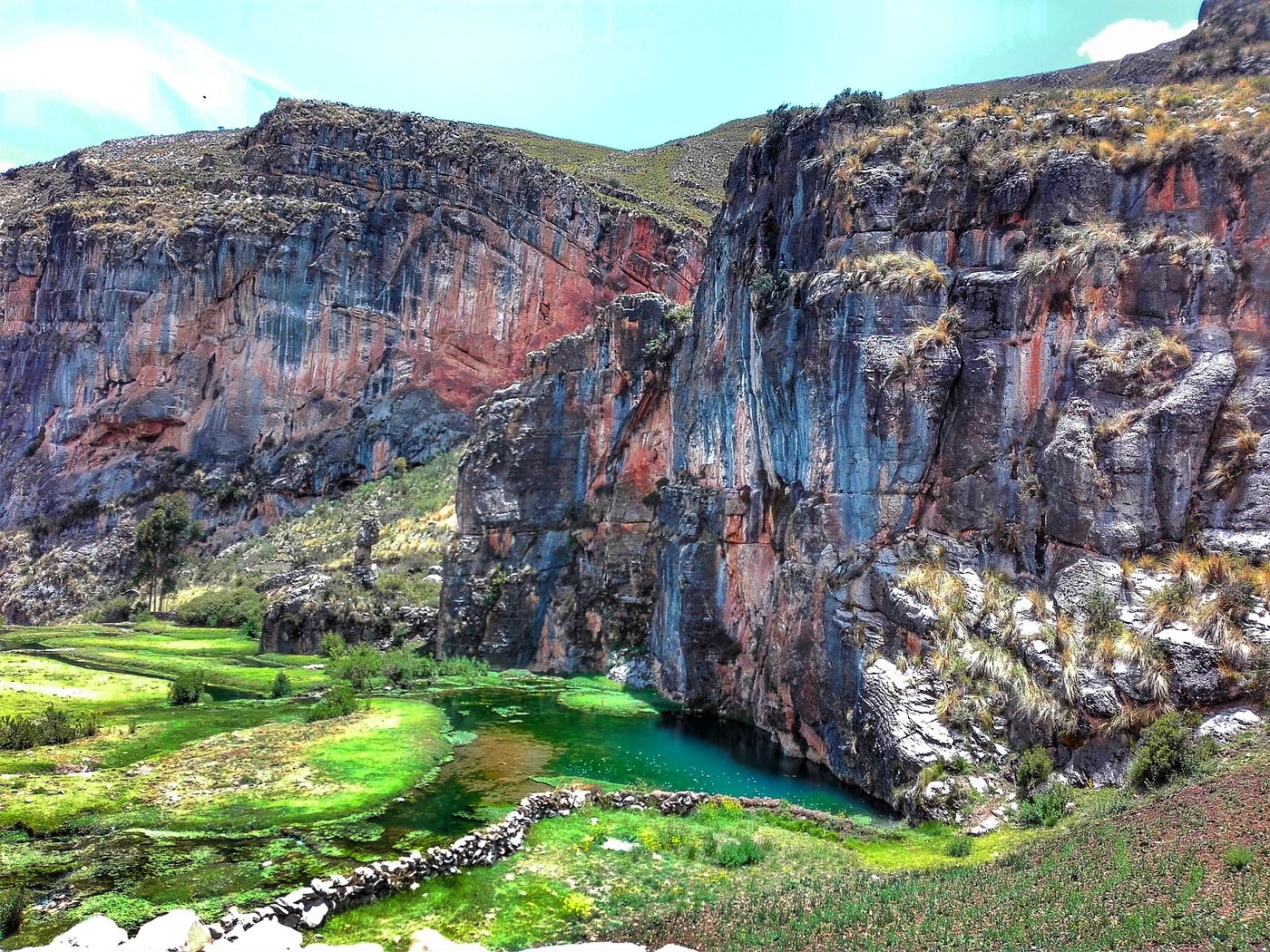
Image by: Ayacucho Urpillay Tours – Via Tripadvisor
In Summary…
Ayacucho is where the Andes whisper in ancient tongues and colonial bells echo through time. Its streets carry the footsteps of revolutionaries, artisans, and pilgrims. This is not a place passed through. It is one where travelers pause and grow quiet. Here, every corner is a canvas. Every festival a prayer. Every silence a song.
The city welcomes those who seek color, history, and highland truth. From golden churches to stone ruins, from retablos to battlefields, Ayacucho stands proud. It rises from the past not as a relic but as a living, breathing pulse of Peru.

